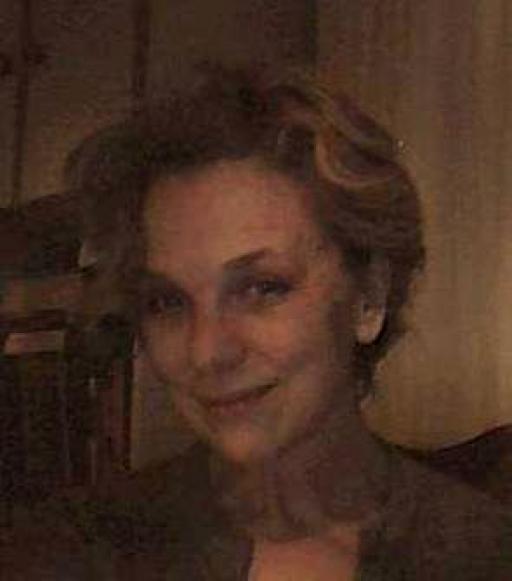
Recently Rated:
Well, lets just say that fate is quirky. I really wanted to be a doctor. One ofmy bosses wanted to pay for me to become a lawyer. Another one of my professorswanted me to be a graduate assistant in German Languages and Literature. Anotherprofessor wanted me to become an Economist. Another professor wanted me in hisbed (oops). What I got instead was 4 beautiful children, a marriage of 27+ years, and a pastry and chocolate store in sub-rural Michigan.
In the mid to late 70's I was your typical honors student: Phi Beta Kappa,National Honor Society, Mensa, and received a full merit scholarship to WayneState University, from which I graduated Magna Cum Laude. My major was in GermanLanguages and Literature with a double-major turned minor in Philosophy. I tookmany different courses, including Physics, Economics, Art History, Art, much literature in English and Russian, Anthropology, Linguistics, PoliticalScience, a great deal of History, and much Psychology.
One thing had never wavered: I loved food and was intrigued by cuisine fromeverywhere on the planet. In between a full course schedule and severalother part-time jobs in libraries as well as being a research assistant in thePhilosophy and German departments, I also worked in restaurants. The mostsignificant back-of-the-house food experience was at the Traffic Jam and Snug onSecond and Canfield in the Cass Corridor in Detroit. This nouvelle cuisine and pubrestaurant only had a urinal as a petunia planter on the outside brick wall tosignify its existence. They were packed every day from noon 6 pm. Closed onweekends.
It was there that a wonderful baker named Al taught me his old world skills inbaking and pastry. Yes, we made French puff pastry and Danish pastry from scratch.Yes we did all of our breads, rolls and pie crusts from scratch. We producedmassive pies, flans, quiches and more. If it used flour, we made it and it sold.This wasn't practice, this was a busy restaurant. So, when people say "Oh, Gwen,you are self-taught," this is not true. I've apprenticed alongside bakers and chefswho have trusted me to produce items as they would produce themselves for payingclientele. This was hands-on learning along with having true responsibility. One dayAl said to me: "Gwen, Id like you to have my recipes." Sadly and with resignation Iresponded: "Al, there is not a future in this for me."
Why not a future? In the late 70's, women weren't becoming chefs. Young women withmy level of academic talent were expected to break feminist barriers by becomingengineers, bankers, lawyers, and doctors. Even men were just beginning to become chefsin the US during that time period. Chefs were considered "cooks" and were oflow-status and received low wages. The title of chef was a privilege reserved forEuropeans. Today, that has all changed. Thank goodness.
So here I am an executive chef and owner without culinary school credentials. Yet,because of my knowledge of physics, I can structure a cake with confidence. Myfascination and experience with chemistry provides familiarity with theconcepts behind creating recipes and sensitizes me to the complex reactions in bakingand confectionery. Art training and experiencing art history allows me to interpret a myriadof designs. Economics has taught me how to run and market a business as well as tohelp me to understand and respond to larger trends in the marketplace.
Plus, I live to make other people happy. This gives me great personal satisfaction. My wish is to have customers enjoy our products, services, and environments, which have beencreated for what we hope is the greater good of the community.
As for how I have practiced my skills during my adult years:
I opened a catering business in 1987 when our second child (a daughter) was 6 months old and suspended it when our third child (a son) was 1 1/2 years old in 1991. (He was hell on wheels.) Needless to say, professional catering was a bit much to handle with 3 children under the age of 8 years old. After the birth of our 4th child (another daughter) in 1993, I began my chocolate exploration in earnest by leasing kitchen space (again) and taking specialty chocolates to craft shows and fairs as well as malls and other specialty shops to sell both retail and wholesale. In 2000 we leased our own retail location and named it Trifles .
Trifles is still open and growing in this outrageous debacle of a decade in Michigan, rife with unemployment, foreclosures and general economic strife. It has not been easy or financially rewarding. This can only mean that I am doing it for the love of chocolate, pastry and people :) Not necessarily in that order.


